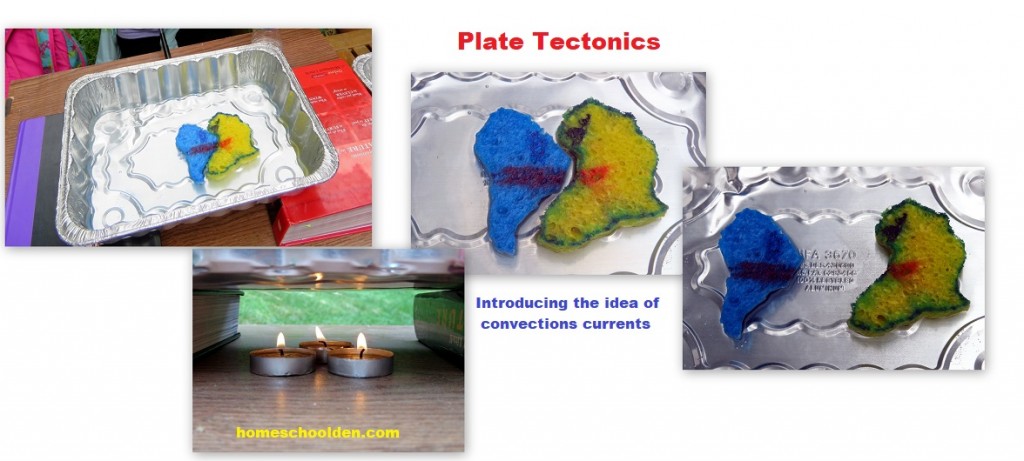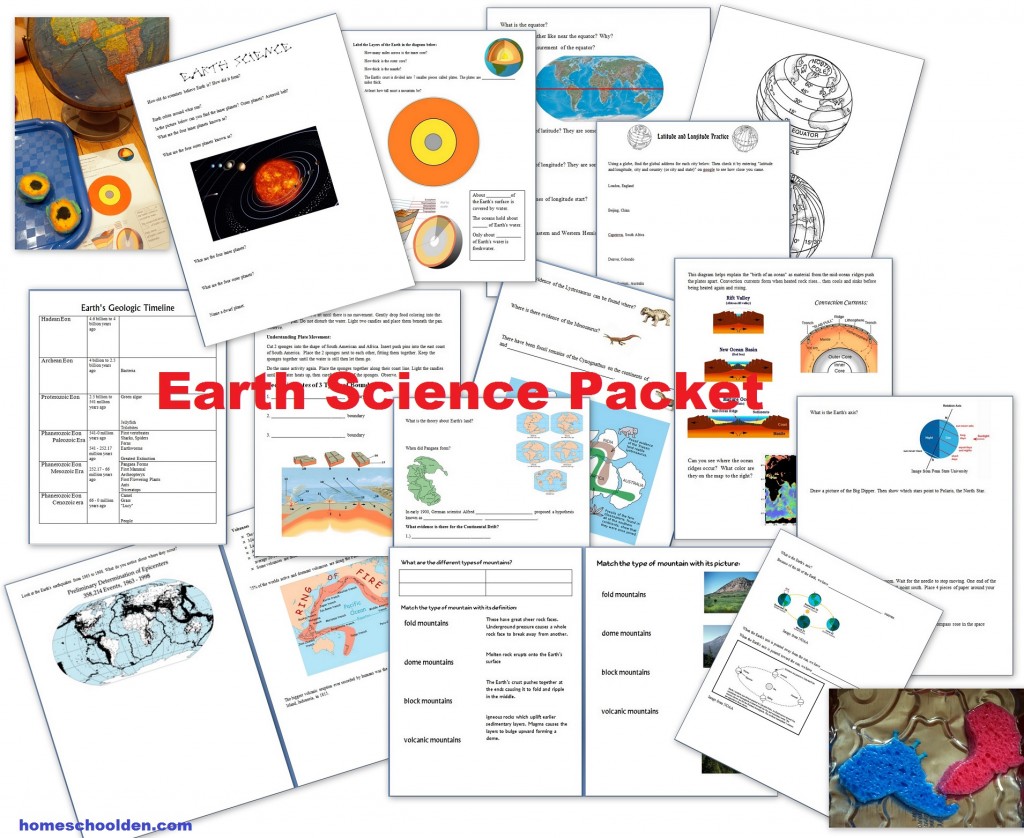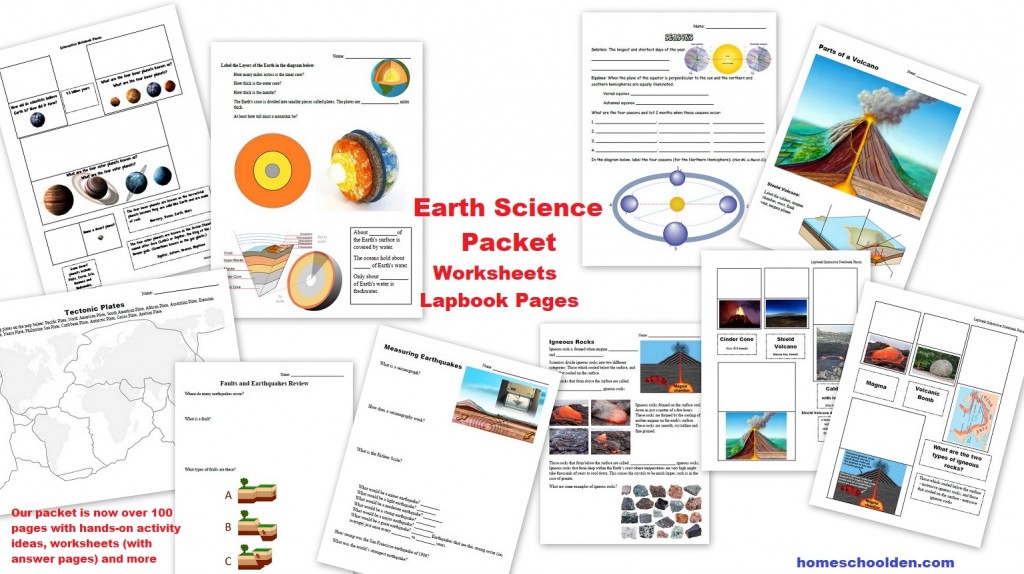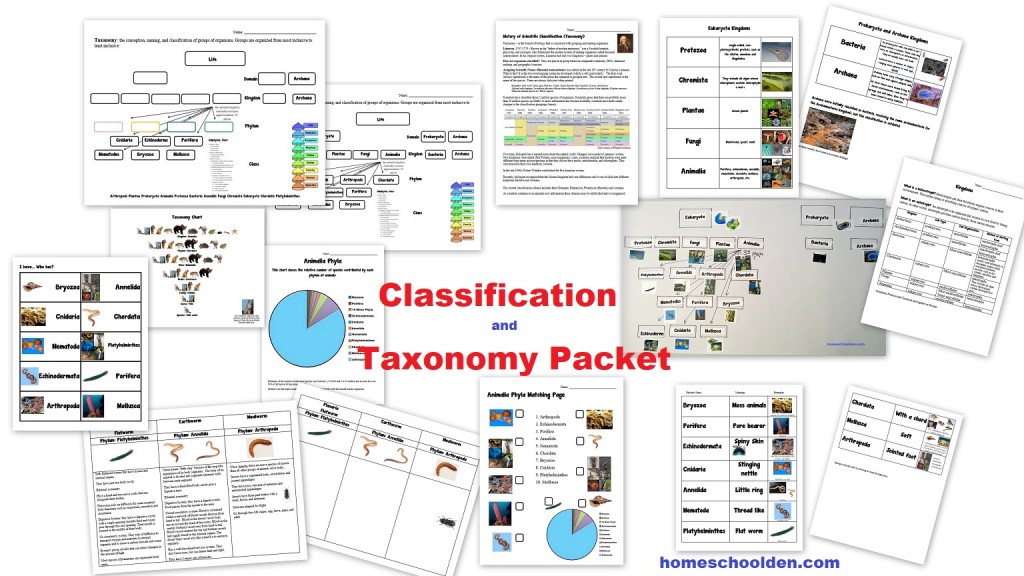Science Club: Week Two (plate tectonics; taxonomy + mealworms and flatworms!)
Last week, I shared that we are doing a weekly science club with some local homeschoolers. Today I’m going to tell you about our second week. We did activities on Earth Science (this week was plate tectonics) and also biology — scientific classification & taxonomy. We are doing work with various organisms this semester. In the second week we observed our mealworms and were introduced to a type of flatworm called planaria in the platyhelminthes phylum. 🙂
You can visit Science Club – Week 1 – at this post.
When everyone arrived for Week 2, we jumped right in with some activities about Plate Tectonics. Without giving much of an explanation , I had the kids get with a partner and handed each team a plastic bag with the puzzle pieces already cut out. (This plate tectonic puzzle printable is included in the Earth Science Packet.) They then had to put the puzzle together. Since the map isn’t laid out in the traditional style (with North and South America on the far right), the kids had to really work at it.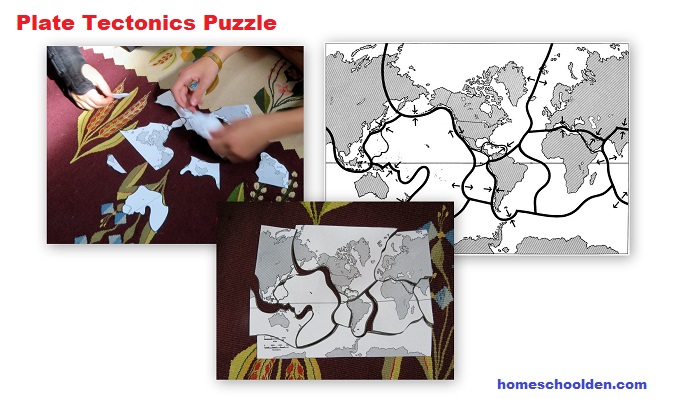
I gave them some background about the history of plate tectonics. I brought out a map of the Age of Exploration and we talked about the discoveries and map-making advances that were made in the 1500s. I handed the kids pre-cut out pieces, South America and Africa, and asked them what they noticed. They quickly pointed out how they fit together. Map makers noticed this too.
In the late 1500s a mapmaker named Abraham Ortelius, noticed the apparent fit of the continents on either side of the Atlantic Ocean.
The question is… how did the continents move apart?
Ortelius proposed that North and South America had been separated from Europe and Africa because of earthquakes and floods.
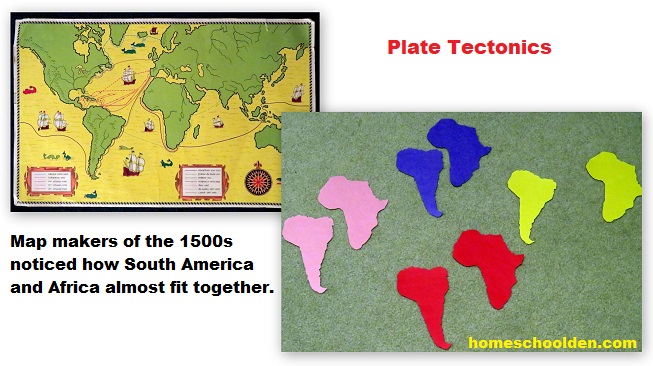
In the late 1800s, an Australian geologist Eduard Suess suggested that all the continents had once been one large landmass, which he called Gondwanaland.
In the early 1900s, the movement of continents was proposed by Alfred Wegener of Germany. He presented his ideas about continental movement to the scientific community. He called this continental drift.
I had the kids create their own Pangaea flip book! (This printable is included in the Earth Science Packet.) They thought that was really neat. I had them pay close attention to India and to try to figure out when it started drifting northward.
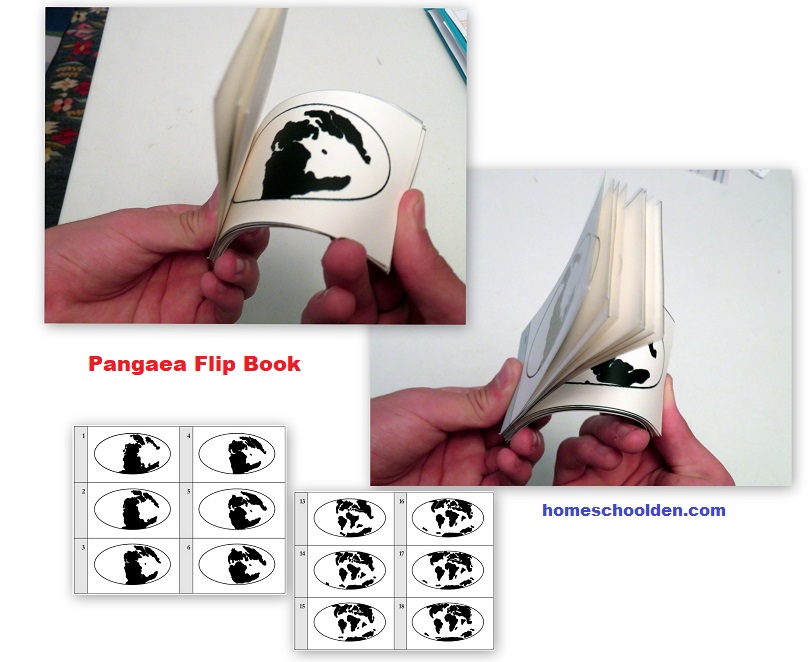
We all went outside and I gave the kids sponges with South America and Africa.
Imagine the plates sitting on top of hot magma. What happens with heat? Heat makes things rise. As the water warms up it rises. When it gets to the surface it cools and moves to the side. We watched as this happened with our sponges. (Note, we didn’t add enough water to the other kids’ pans and they had thick, fat sponges so they sat like a bump on a log! Make sure your pan of water has enough water!!) At least this one worked! Whew!
The other part of our science meeting was about taxonomy. We talked about the classification system and talked about the different groups and learned the mnemonic for remembering those:
Domain Kingdom Phylum Class Order Family Genus Species
Dear King Phillip Come Over For Good Spaghetti
In the next couple of weeks, we will be focusing just on the top three in this chart: Domain, Kingdom & Phylum.

The week before the kids all examined mealworms and made observations and drawings in their science notebook. When we next met (two weeks later because my family went out of town), most of the kids had at least one pupae!
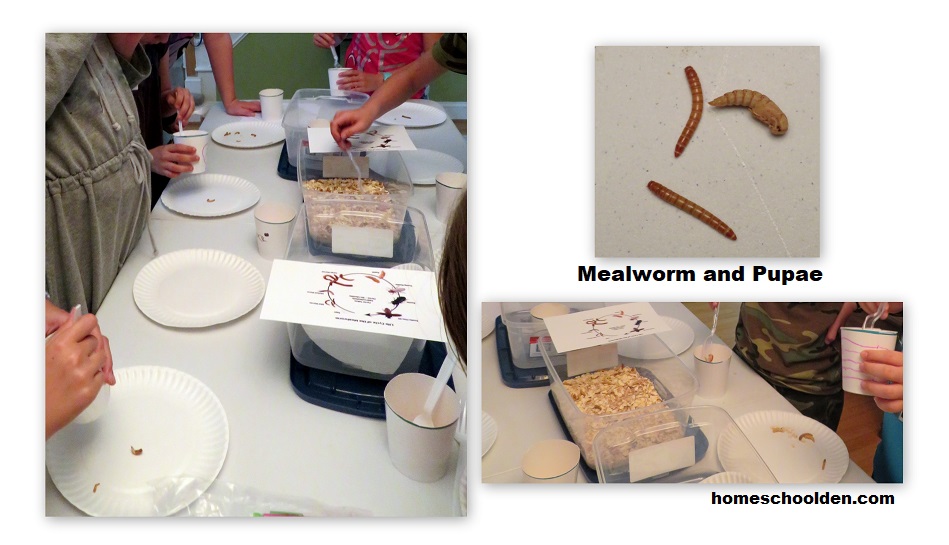
In our science club, we’ll be looking at several other organisms fairly closely. I brought out a member of the platyhelminthes phylum – planaria. I mentioned that these are all flatworms. I had them take a look at them with a magnifying bug jar and also they took turns looking through the microscope.
By the time everyone had a look, we were about out of time! We had to wait to talk about some of their really fascinating characteristics for Week 3! 🙂
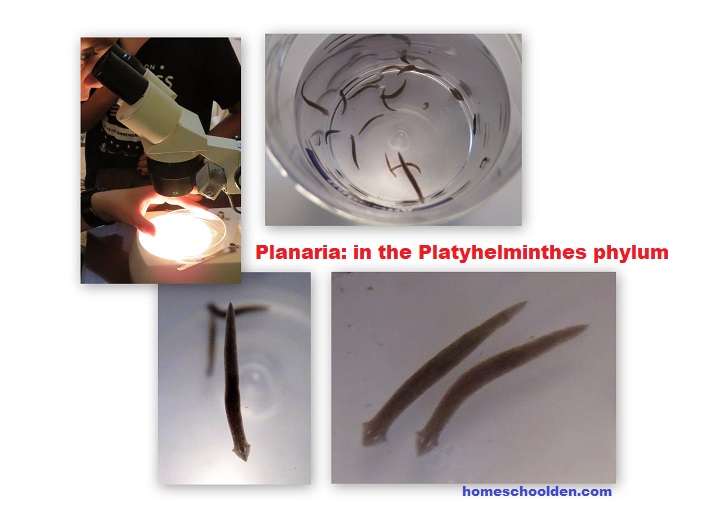
You might be interested in finding out more about our Earth Science Packet. Originally it was over 50 pages. It is actually now over 100-pages of activities and notebook pages. I’ve added quite a number of new pages (even in the past week!) as we cover slightly different things in this unit this time around!
Classification and Taxonomy Packet
I have a new packet that I have put together about Classification and Taxonomy. It covers a little bit about the history of classification and Linnaeus’ role in creating the first scientific classification system. It goes over the current thinking on the taxonomic groups: Domain, Kingdom, Phylum, Class, Order, Family, Genus, Species. My kids are learning about 10 of the Animalia phyla. As you can see above, they’ll be learning those in quite some depth. This packet has a number of activities and games to help them learn those (in a fun way!).
We’ll be making observations and doing hands-on activities to go along with this unit. We’ll watch the mealworm life cycle unfold. We’ll observe life flatworms (platyhelminthes phylum) called planaria under the microscope and see if they regenerate. And, we’ll also do some dissection.
The packet is currently about 60-pages. You can find it at this post: Scientific Classification and Taxonomy Packet
See the other Science Club weeks here:
- Science Club Week 1: Characteristics of Good Scientists, Layers of the Earth
- Science Club Week 2: Plate tectonics, taxonomy, mealworms and flatworms
- Science Club Week 3: Taxonomy and Classification, Engineering Challenge
- Science Club Week 4: Understanding Convection Currents, Taxonomy, Engineering Challenge
- Science Club Week 5: Earthquake Vibrations, Platyhelminthes – Annelids (flatworms and earthworms)
- Science Club Week 6: Earthquake Waves (Body and Surface Waves);
- Science Club Week 7: Plate Boundaries, Observation and Dissection (Crabs – Clams/Oysters)
- Science Club Week 8: Convergent Boundaries, Observation and Dissection (Fish)
See you again soon here or over at our Homeschool Den Facebook Page! Don’t forget to Subscribe to our Homeschool Den Newsletter. You might also want to check out some of our resources pages above (such as our Science, Language Arts, or History Units Resource Pages) which have links to dozens of posts. You might want to join our free Homeschool Den Chat Facebook group. Don’t forget to check out Our Store as well.
Again, if you are interested in joining our Homeschool Den Newsletter, feel free to subscribe here:
~Liesl
